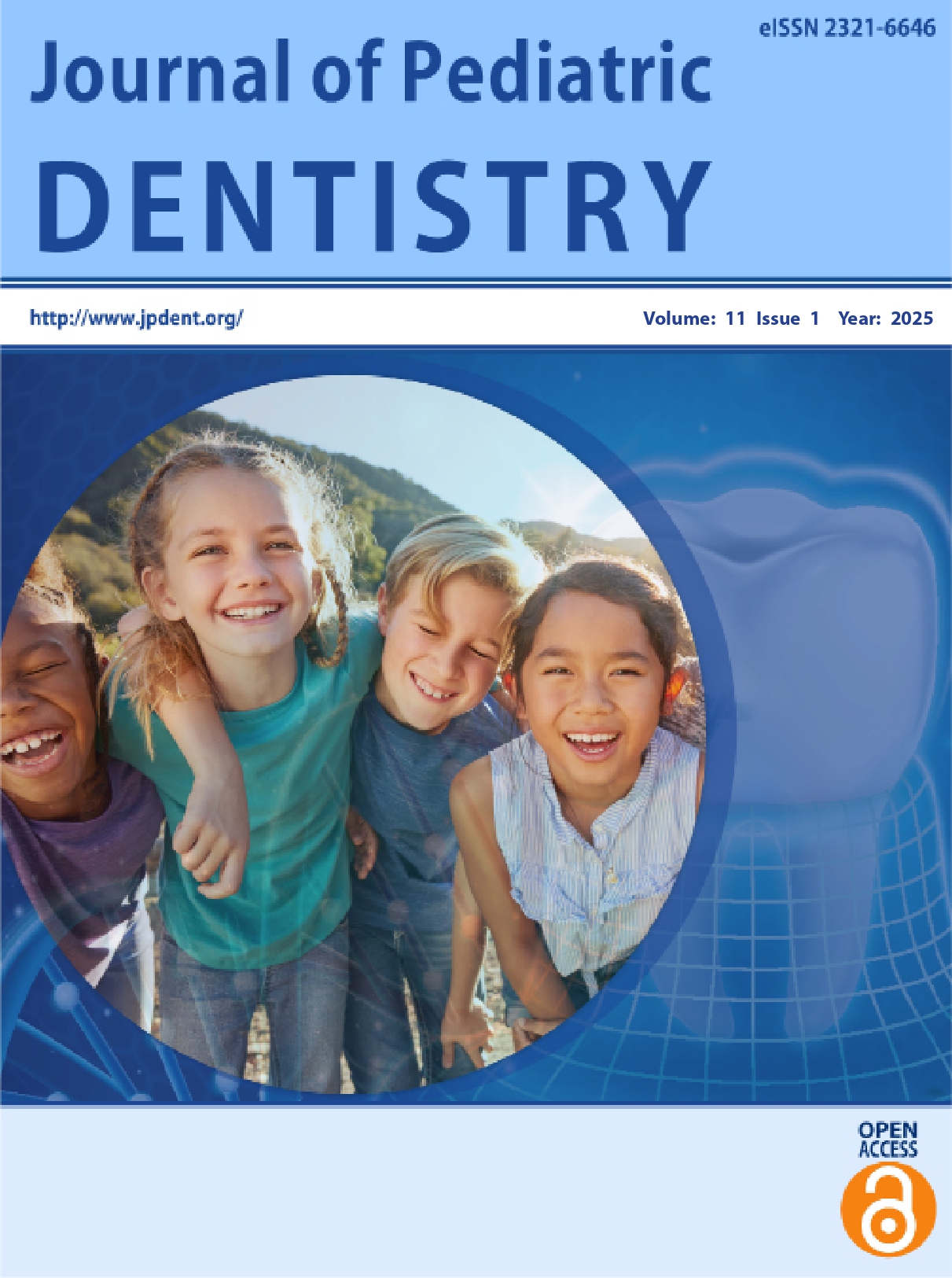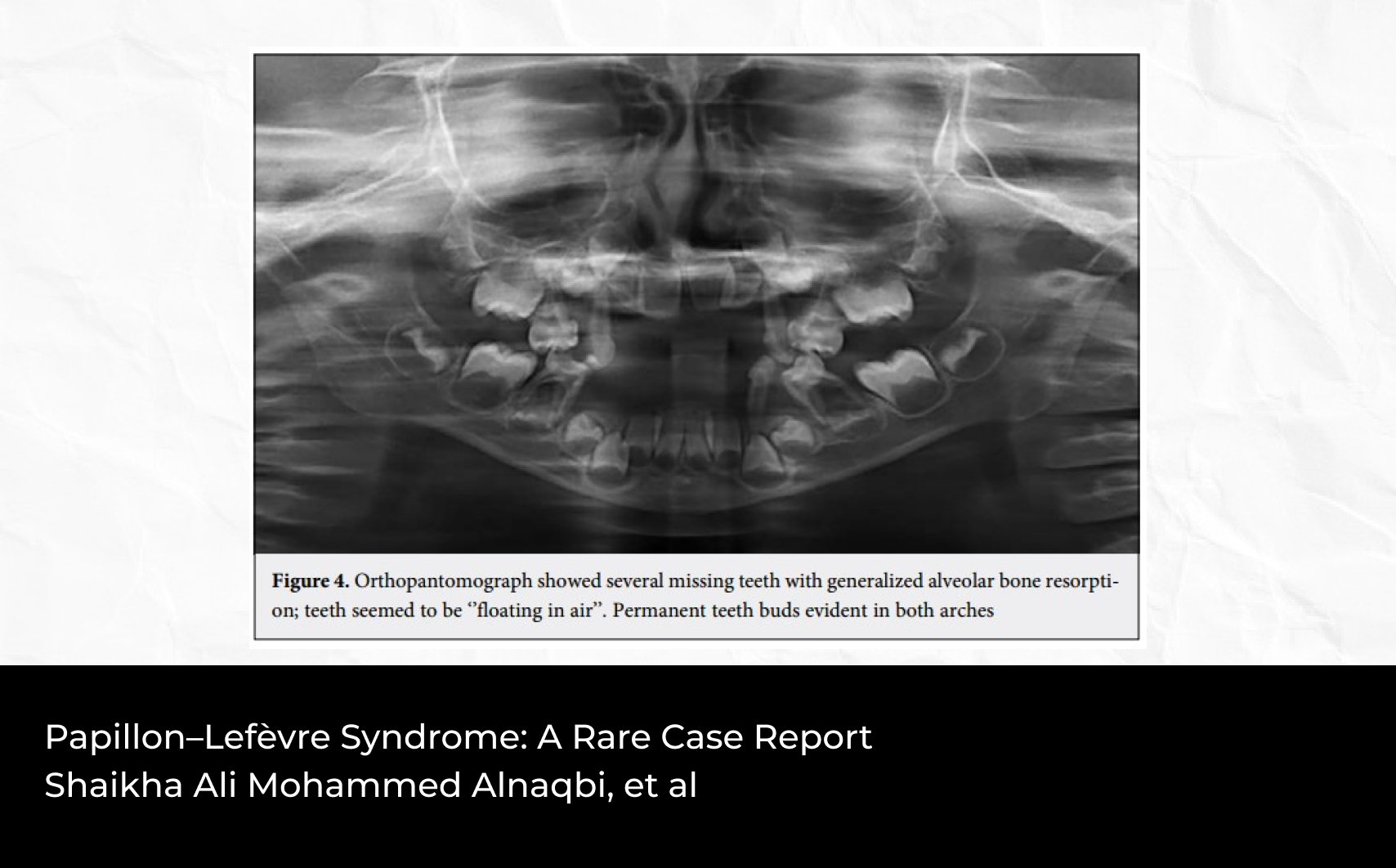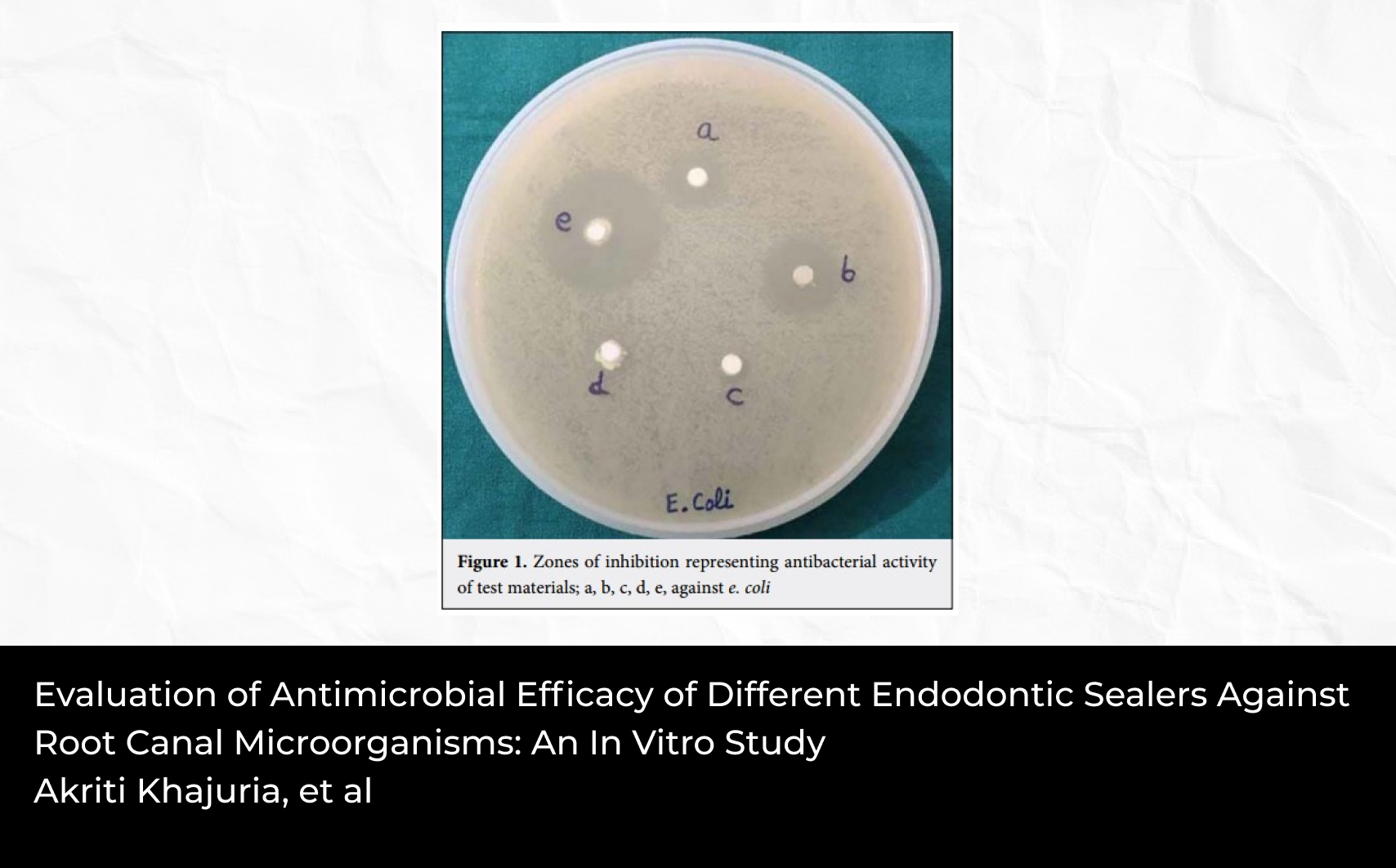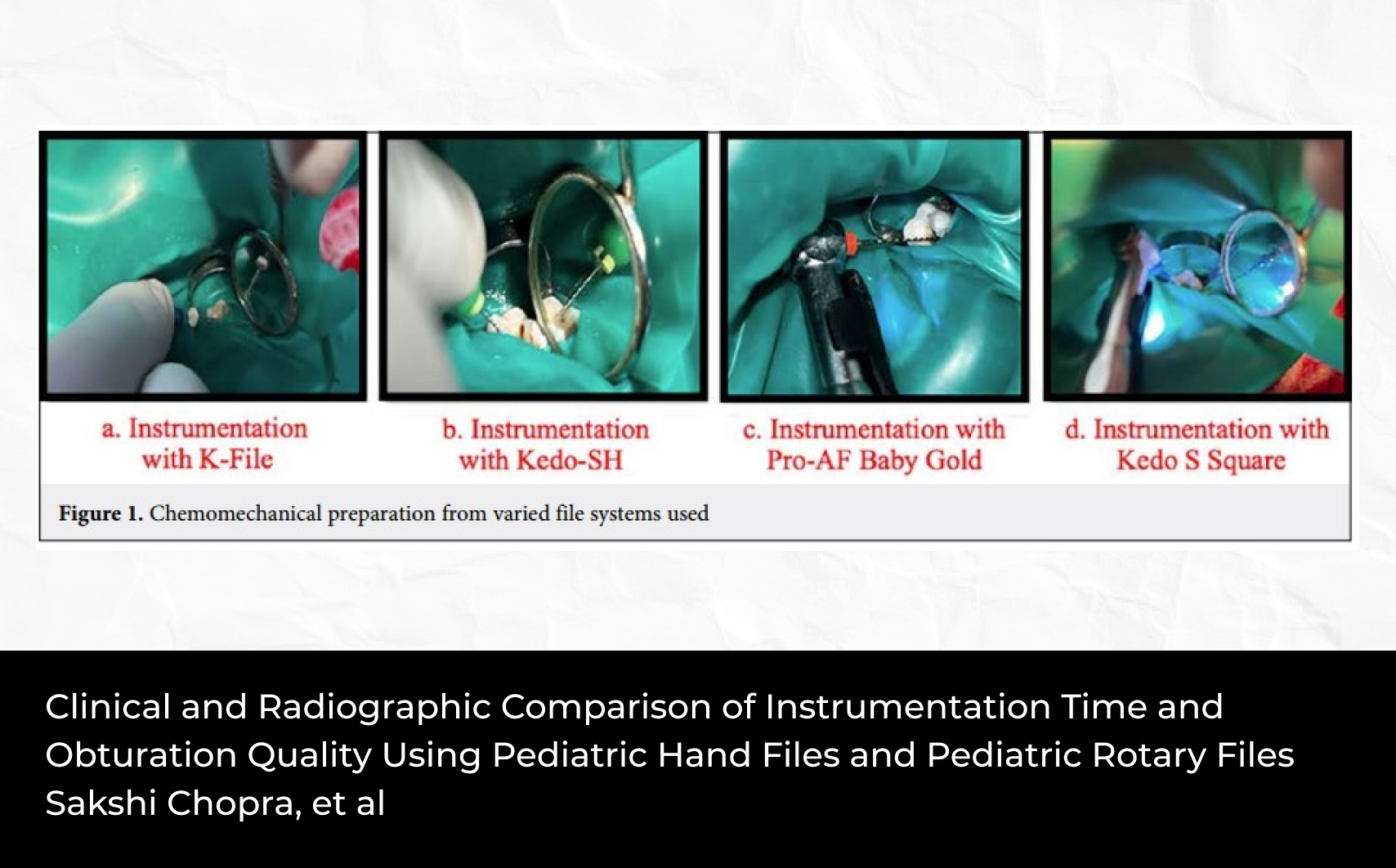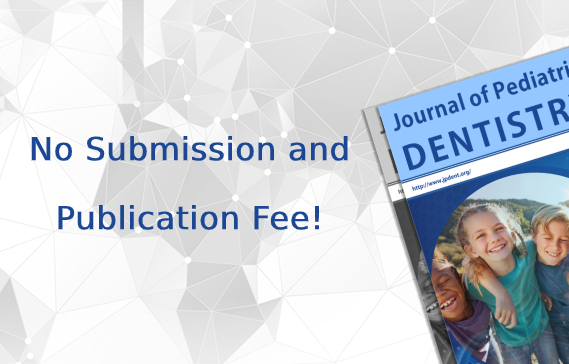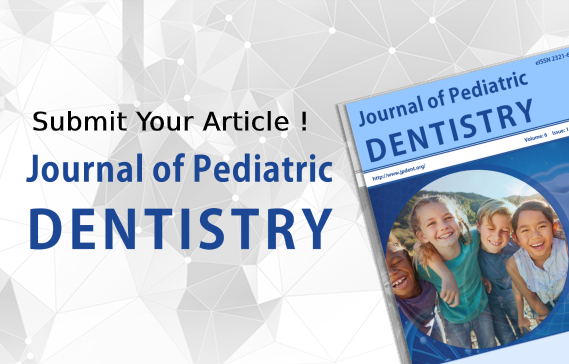2Department of Pedodontics and Preventive Dentistry, Punjab Institute of Medical Sciences, Jalandhar, Punjab, India
Abstract
The present in-vitro study was conducted in primary teeth in order to evaluate the erosive potential of eight commonly used pediatric liquid medications (PLMs) using scanning electron microscope. 8 most commonly used Pediatric Liquid Medicaments and 27 extracted teeth that were near to exfoliation were collected. The endogenous pH of all the Pediatric Liquid Medications was measured using a pH electrode meter. The 27 teeth were divided into two groups, the control group (n=3) and the study group (n = 24). Three teeth in Control group were immersed in artificial saliva for three different time intervals 1 min, 10 mins. and 8 hours. In experimental group, 24 teeth were also maintained for 1 min., 10 min. and 8 hours in 8 different pediatric liquid medicaments with 3 teeth in each medicine for three different time intervals. For all the teeth of both groups ,the primary enamel surface changes were then observed under Scanning electron microscope. When viewed under Scanning Electron Microscope, all the PLM's showed an erosive effect on the Primary Enamel Surface. Crater formation was found with most of the medications followed by etched prism pattern and sporadic rod ends. Acidic pH was seen with most of the pediatric liquid medicaments used in this study which causes dental erosion. Dental erosion eventually predisposes to dental caries, so it is important to educate professionals and parents regarding use of Pediatric Liquid Medicaments in children.

